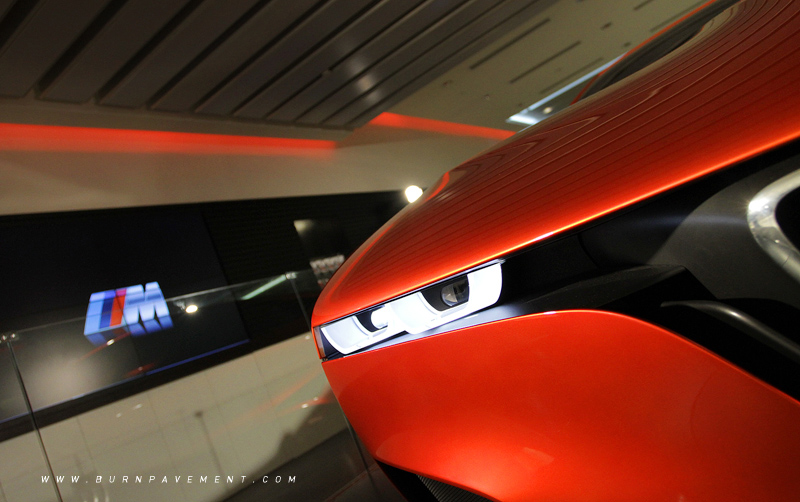To mark the 30th anniversary of the BMW M1 supercar, BMW Group Design presented a hommage to this legendary model as part of the Concorso d’Eleganza Villa d’Este in 2008. And now, it's here...
Photos: Joel Tam
Designed by Giorgio Giugiaro, the BMW M1 was a car of superlatives and a highly emotive vehicle that was uncompromisingly primed for the race track. Spawning this development was the BMW Turbo by Paul Bracq, a revolutionary concept car which, in addition to its groundbreaking functional design, also boasted a raft of technical innovations. It is from these two unique vehicles that the BMW M1 Hommage takes its cue – a design study that pays tribute to its forerunner models and an embodiment of the competence, creativity and potential of the BMW Group Design team.
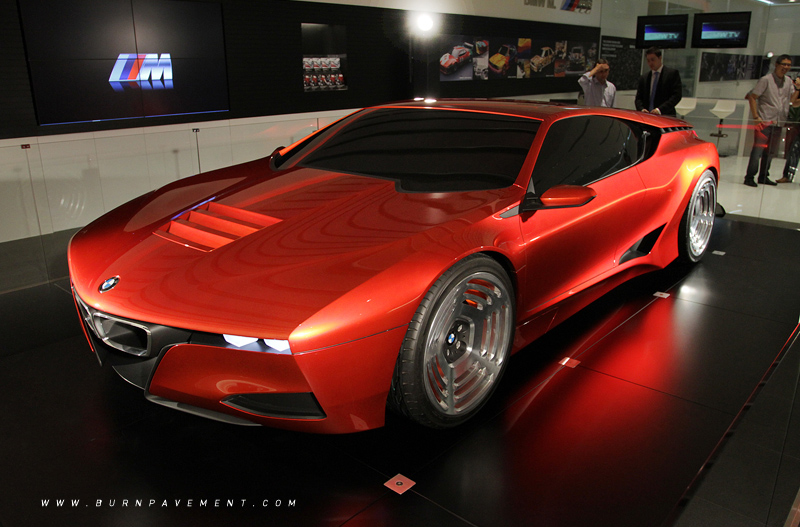
The BMW M1 Hommage takes long familiar elements from the BMW Design repertoire, reinterprets them and couches them in a new context. Its design brings together past and present, expanding the observer’s perception through new design solutions that find their expression in typical BMW style.
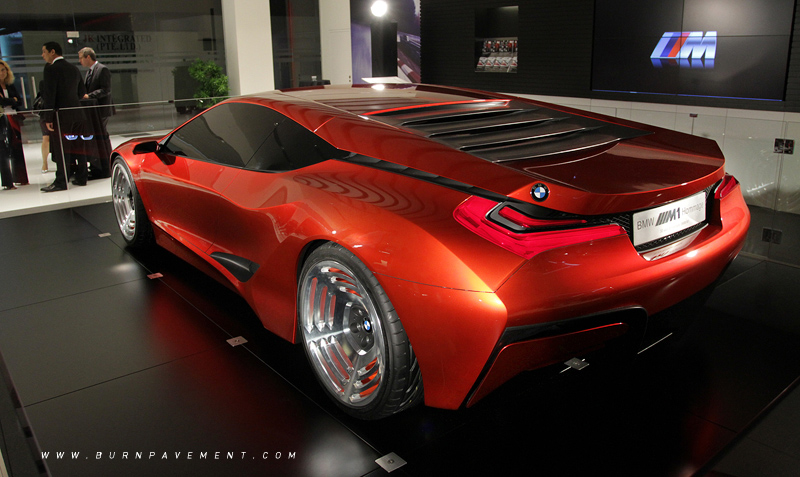
If the contrasting colours were a dominant design theme for the BMW M1, this contrast is perpetuated in the BMW M1 Hommage through its surface styling. Familiar elements, such as the trademark proportions, are combined with new and exciting lines, surfaces and details to create an up-to-date interpretation of the BMW M1, which remains to this day an extraordinary car.
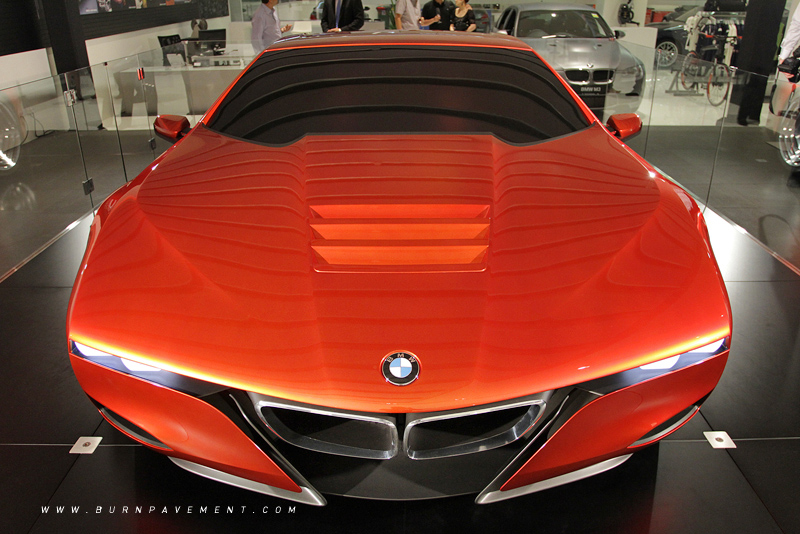
Shunning the strong wedge shape of other mid-engine cars, the BMW M1 Hommage consciously opts for BMW’s characteristic proportions. A relatively long engine compartment, a clearly defined transition into the A-pillar and a stretched window line featuring the “Hofmeister” kink instantly give it away as a bona fide BMW. The horizontal flow of lines lowers the car’s visual centre of gravity and lends it an air of sovereignty.
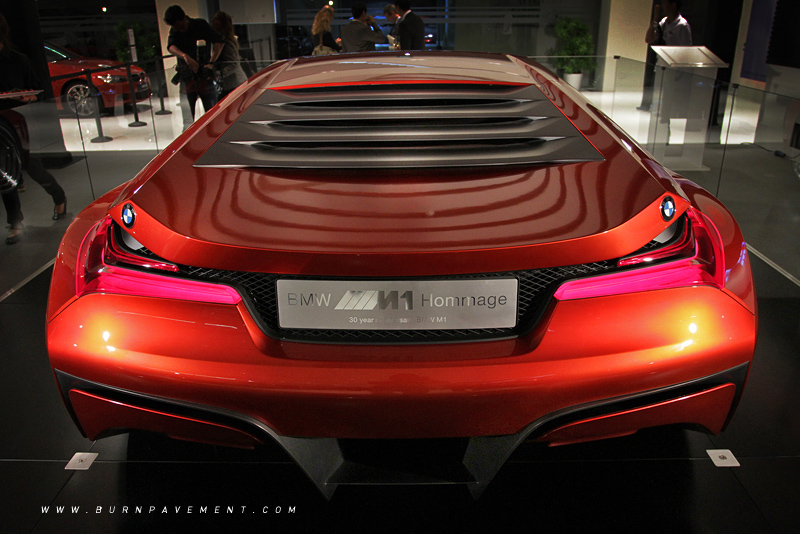
Though the BMW M1 already boasted extremely harmonious and sporty proportions, its surface design was not yet an explicit styling issue and was dominated by high-contrast graphic themes. Today, however, next to the car’s proportions, it is primarily the unusual surface styling that determines the strong recognition value of a BMW model.
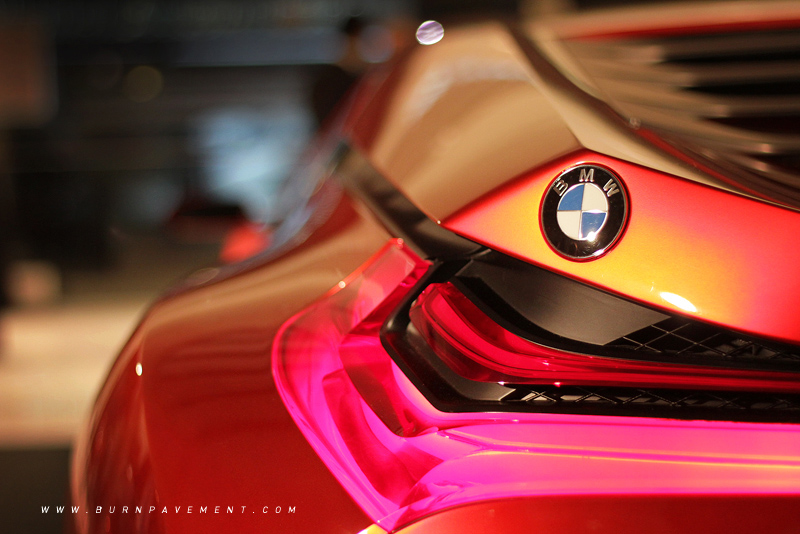
The BMW M1 Hommage systematically melds the proportions and graphic themes of the BMW M1 with the surface language of the new BMW look — a combination that imbues the vehicle with an exciting, sporty and authentic emotionality.
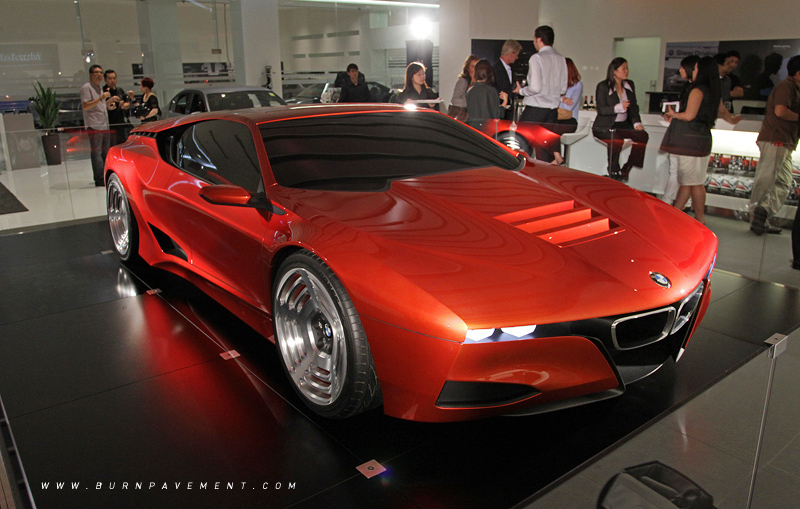
The front-end styling of the BMW M1 Hommage adopts many of the graphic design themes of the BMW M1: the contrast between the black, recessed surfaces and the car colour, the small, squat kidney grille and the “invisible” headlamps.
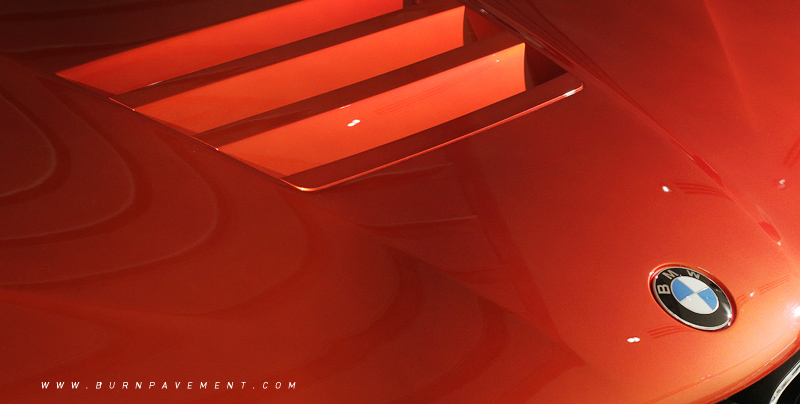
And yet the front of the BMW M1 Hommage is an absolute novelty for BMW. Each element assumes a function: the hallmark twin kidney, for example, is not only a distinguishing feature of the BMW brand but combines aerodynamic, cooling-air routing and safety solutions.
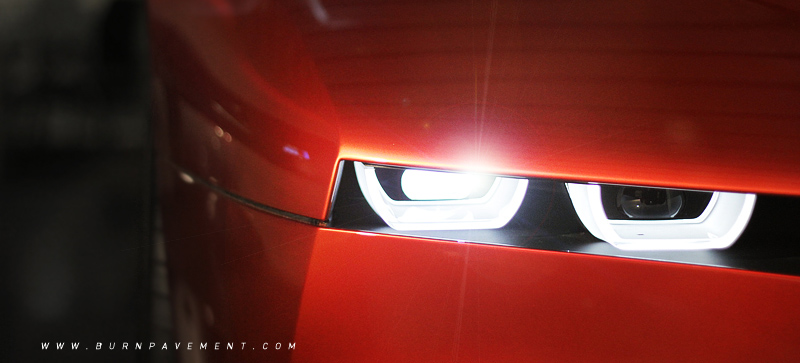
The design of the headlamps, meanwhile, is a new iteration of the retractable headlights of the BMW M1. Like the lamps on the historic model, those on the BMW M1 Hommage are only visible when switched on. When not in use they are discreetly integrated into the front-end design and “disappear” into the recessed black cutline, almost like pop-up headlights.
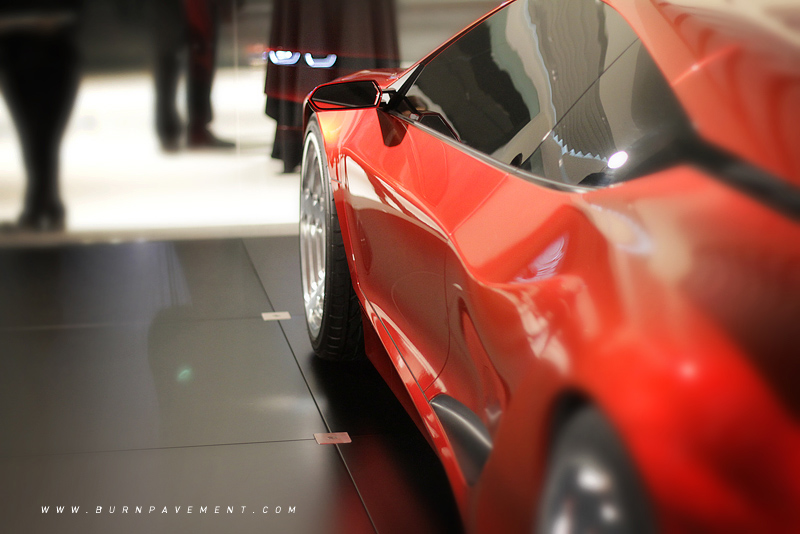
Along the side of the car all the lines, surfaces and details lead the eye from the front end along the stretched engine compartment and clearly defined A-pillars before converging at the centre of the vehicle. Two expressive lines are drawn from the front along the flanks of the vehicle towards the engine compartment area.
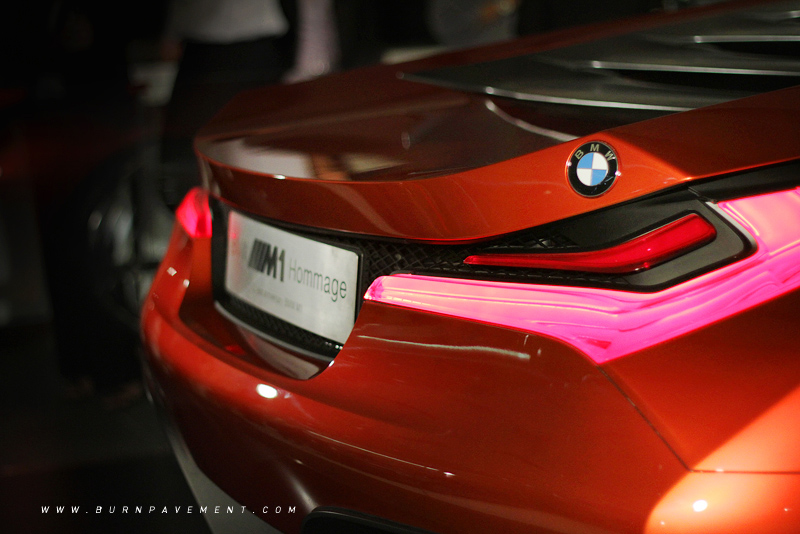
The flow of lines begins in a straight,disciplined fashion at the front end, lowering the optical centre of gravity of the BMW M1 Hommage and highlighting its low-slung stance. From the middle of the car, however, the lines break up. The power of the design is focused precisely where the power of the vehicle also lies — at the engine. Strong, sensuous sweeping lines accentuate the car’s mid-engine concept, the design emphasising the mechanics behind it, the engineering skills and the engine expertise of the BMW Group.
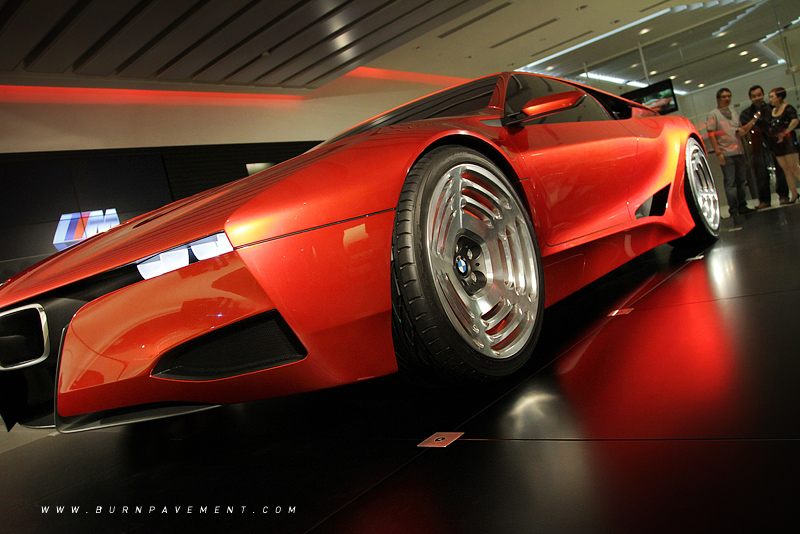
The roofline of the BMW M1 Hommage is flatly tapered, extending into and around the rear. In so doing it draws a continuous line and forms a link between the two sides of the car. It is on this line, above the tail lights, that the hallmark twin BMW logo can also be found.
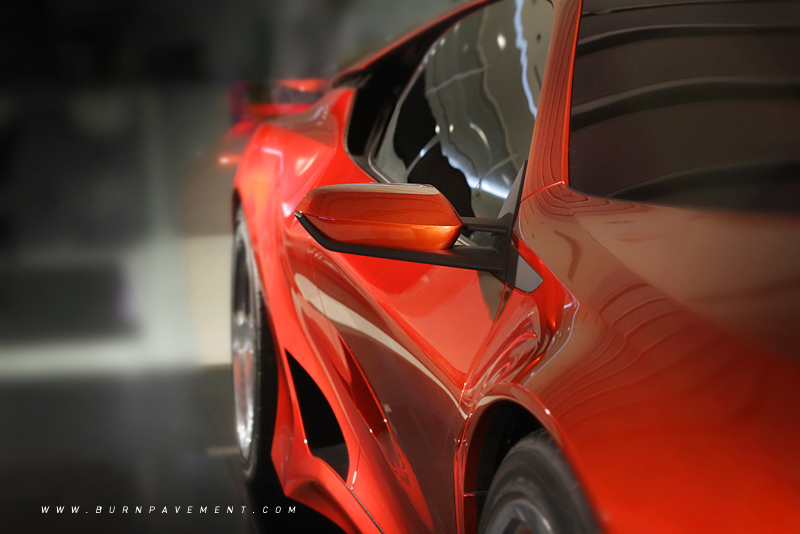
The overall design is driven by functionality and each detail has its purpose. Aspects such as aerodynamics, cooling-air routing and safety lend the BMW M1 Hommage technical substance and make it a genuine BMW. A telling symbol of this is the kidney grille design of the BMW M1 Hommage, fulfilling as it does several functions at the same time.
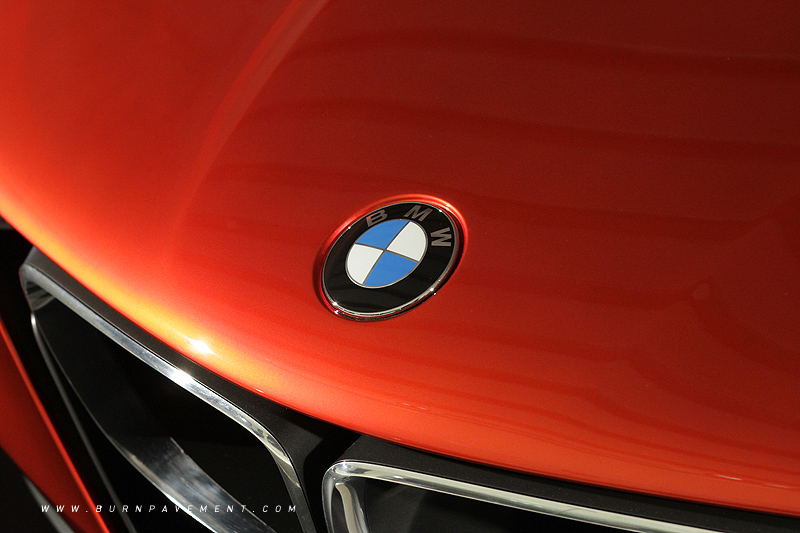
The twin kidney isn’t just a signature BMW feature, it is also part of the car’s honed aerodynamics: it guides the air to the engine cooling as well as constituting the front section of a crash box, similar to the monocoque chassis of a Formula One race car.
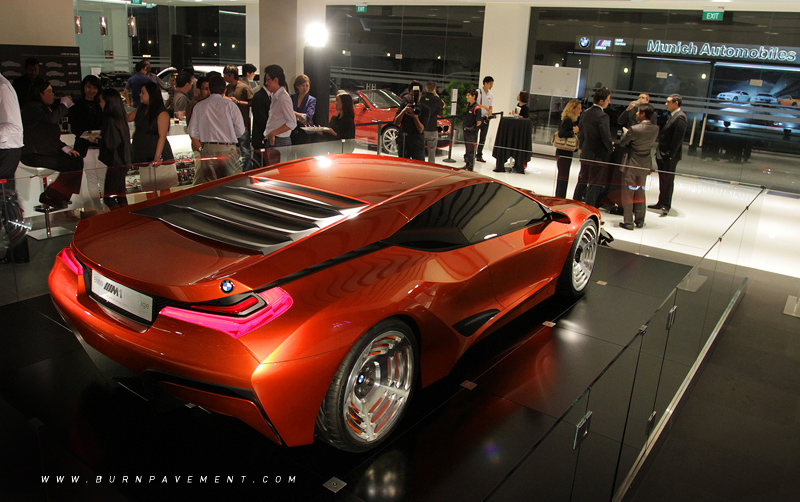
BMW M1 Hommage pays eloquent tribute to the BMW Turbo and the BMW M1, which in their design were well ahead of their time. Originally slated as “merely” a design study or small series, their influence remains very palpable today — 30 years on.
